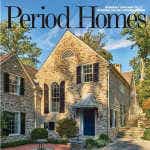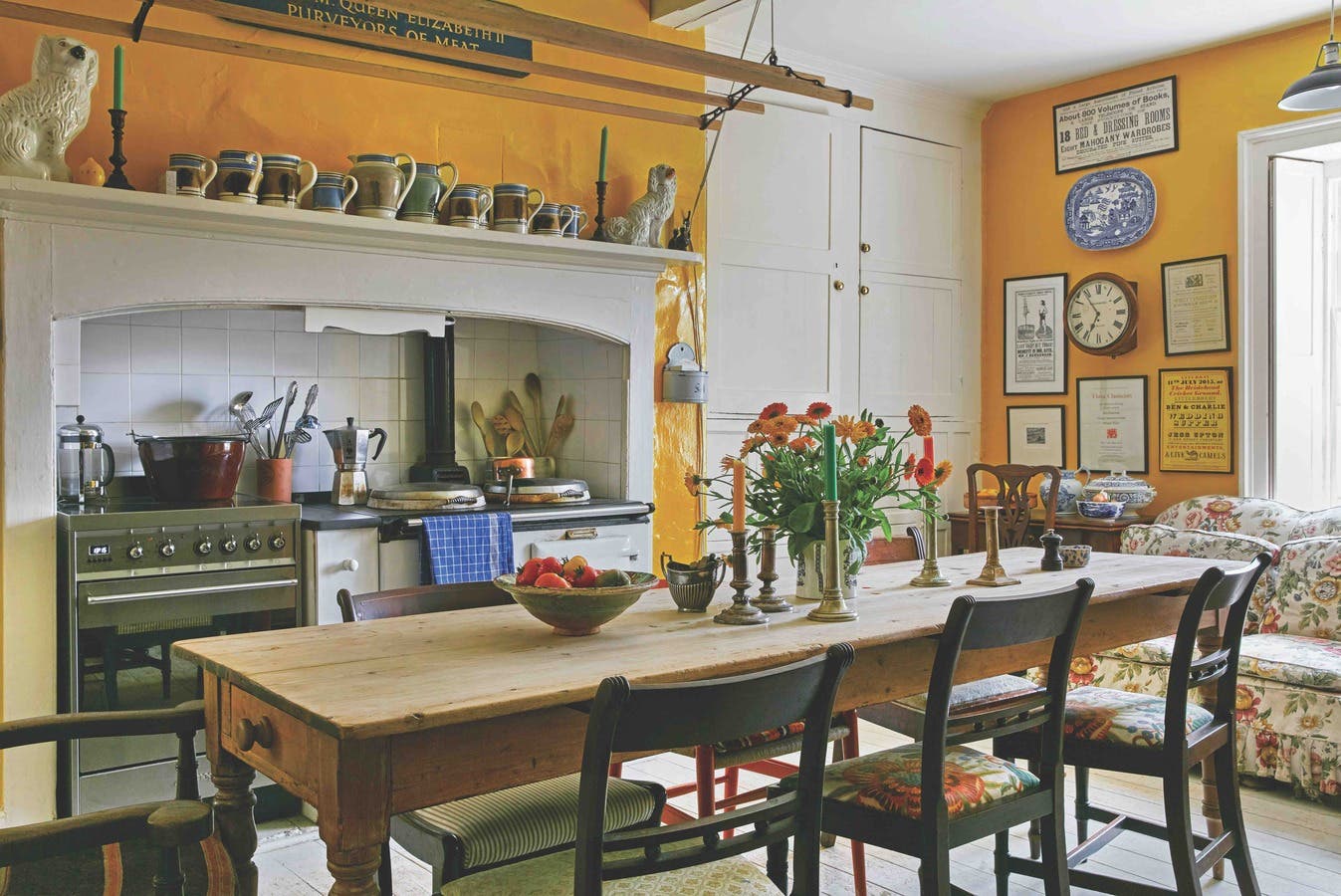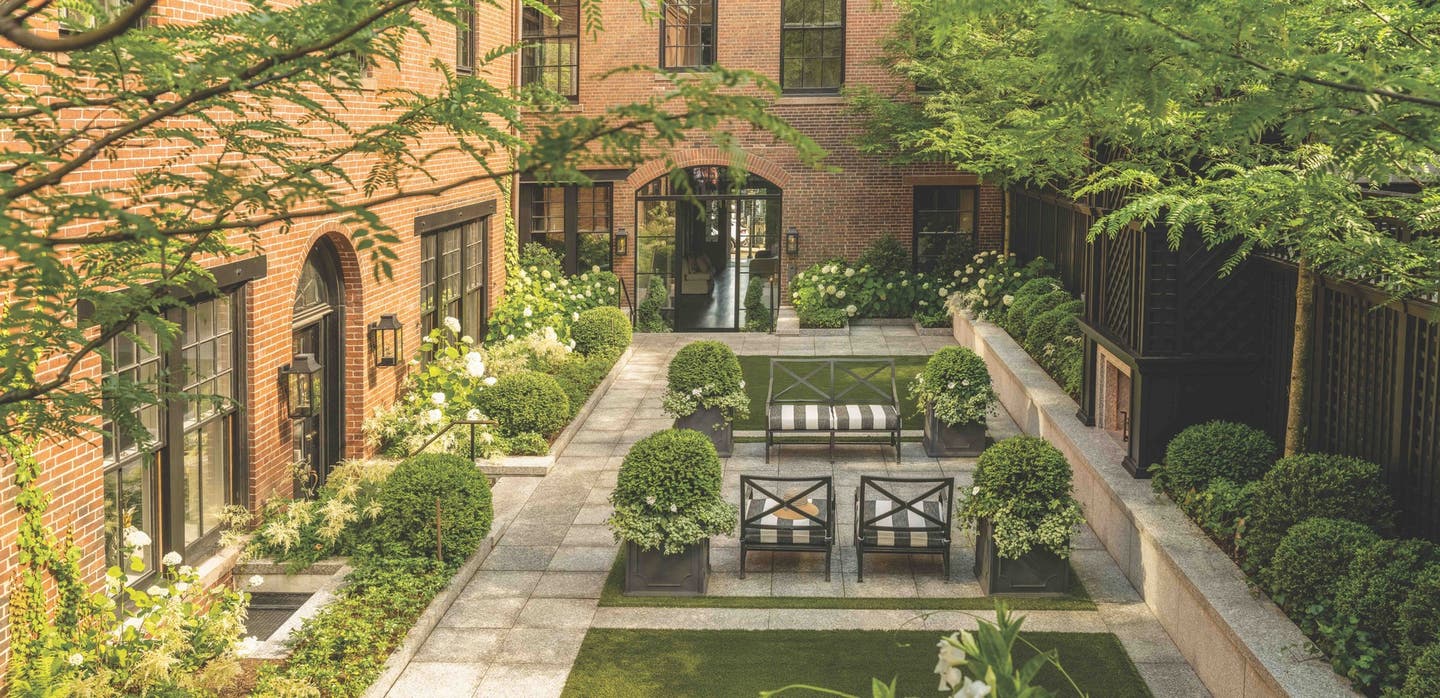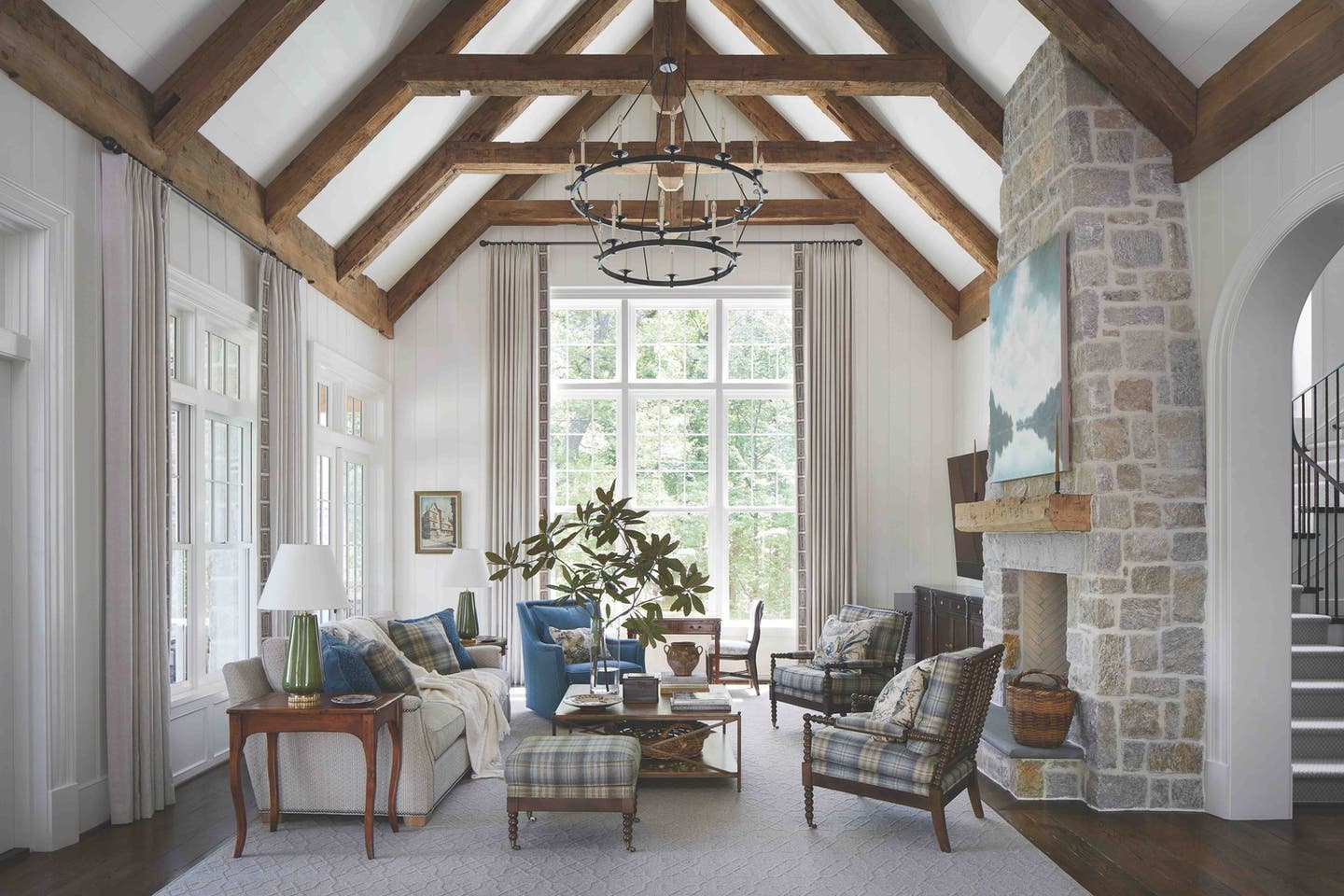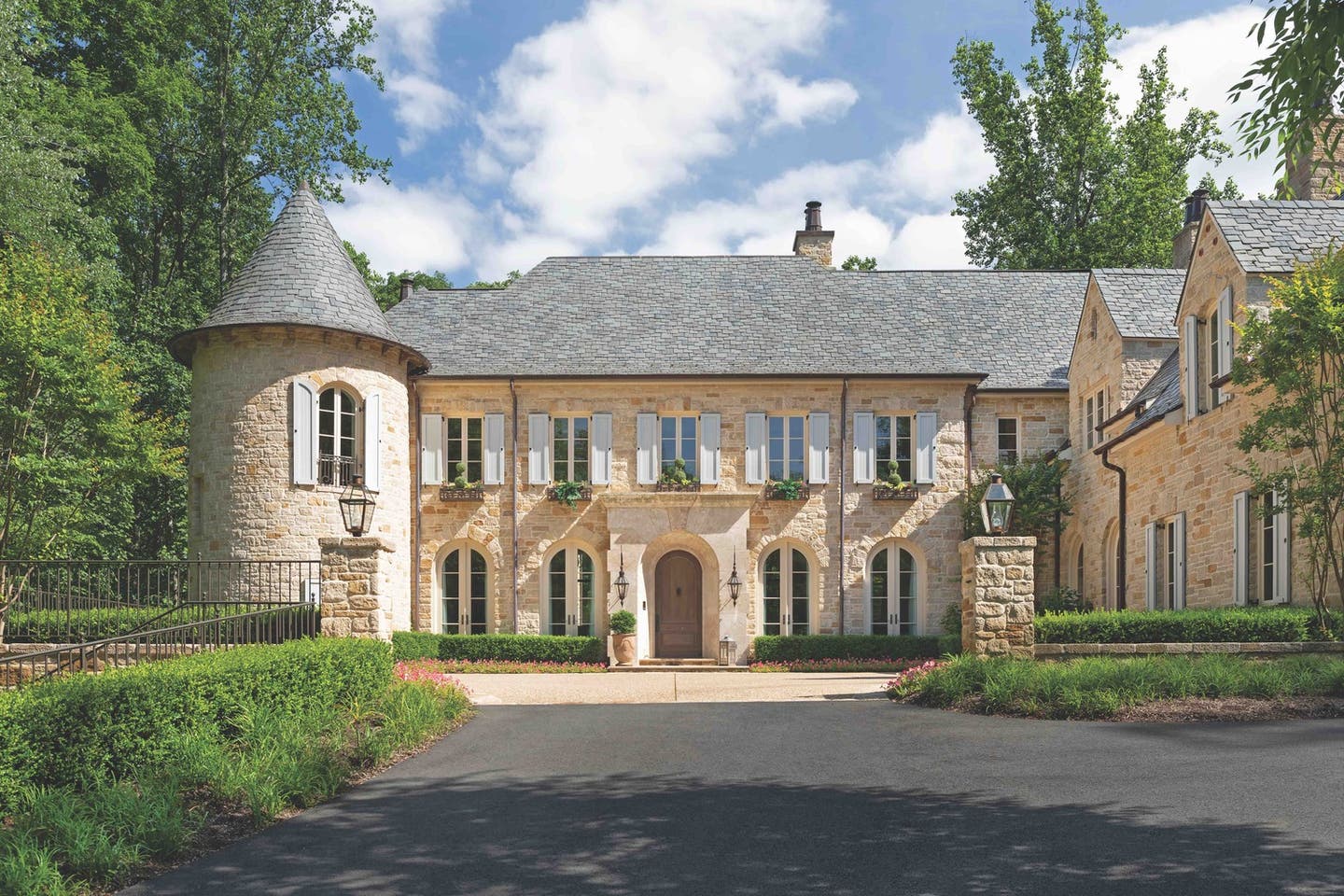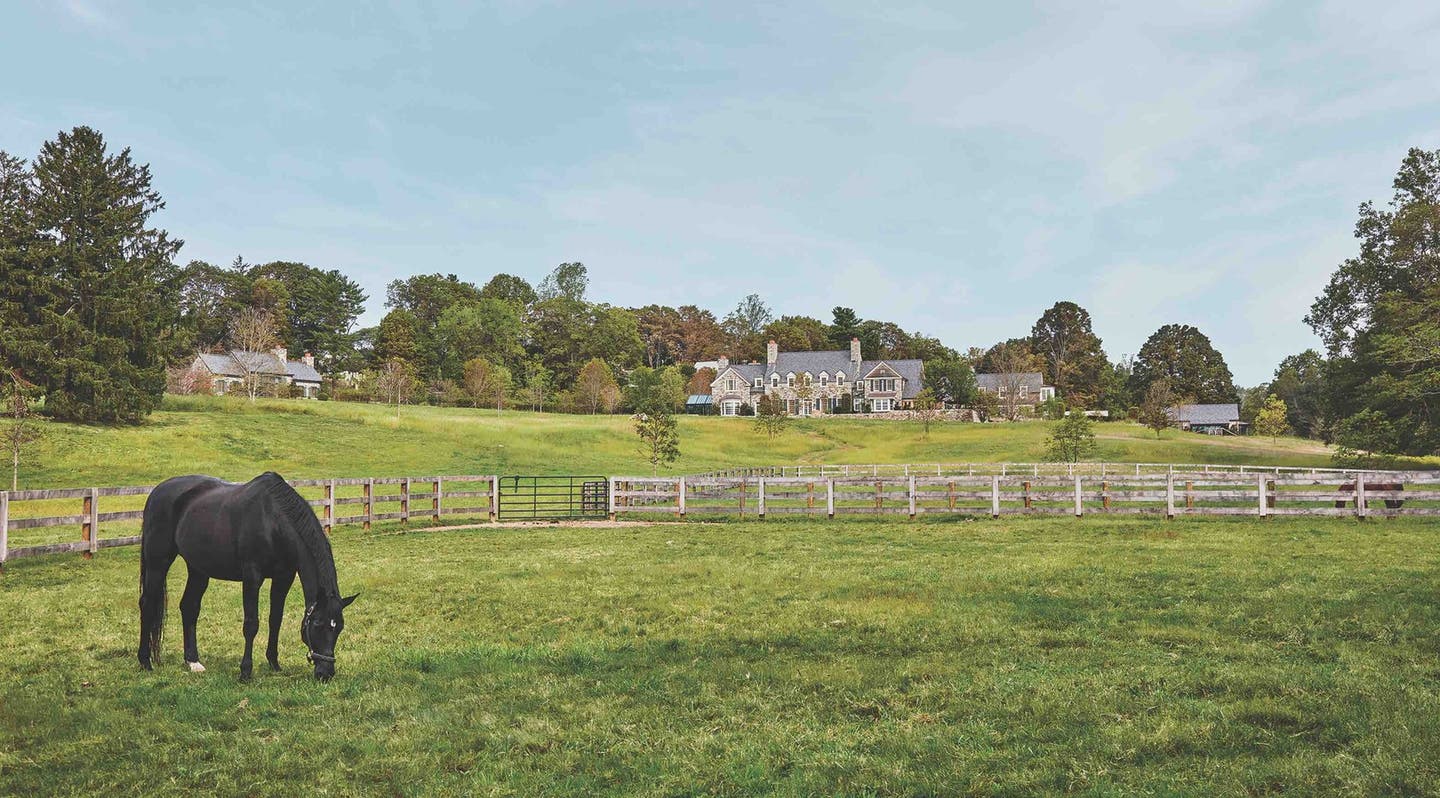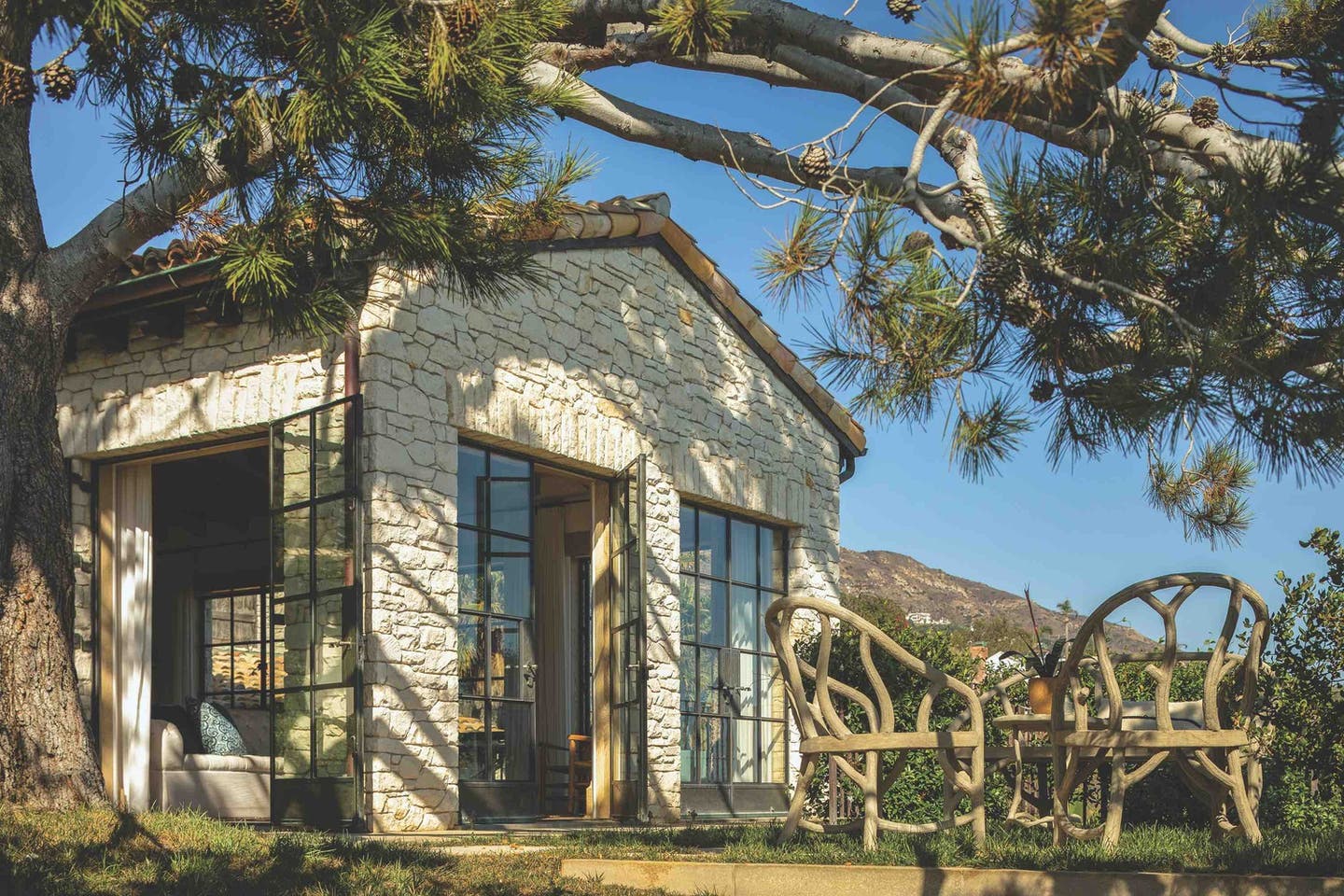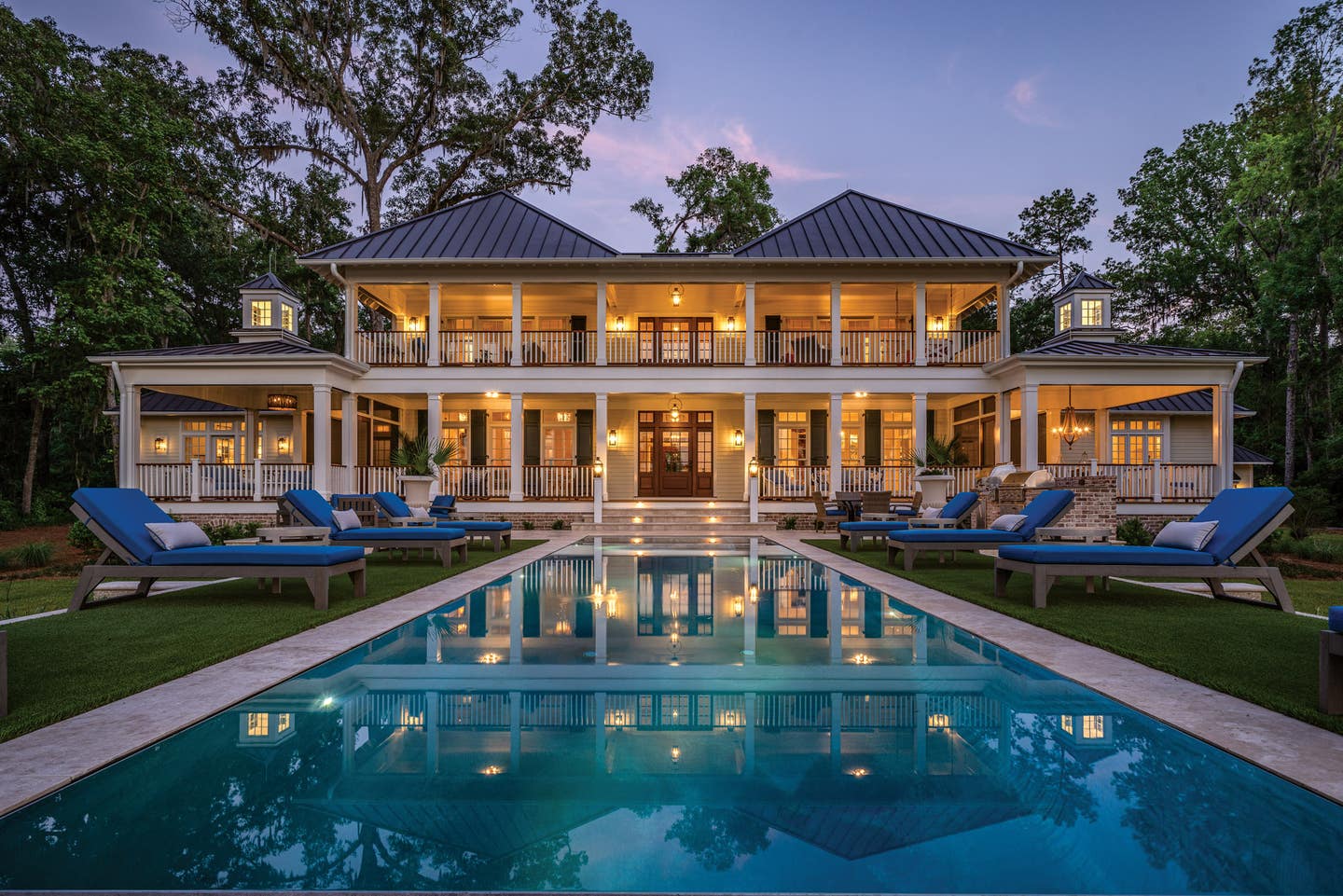
Projects
Susan Rochelle’s Lowcountry House
Project Lowcountry House
Architect Susan Rochelle, A.I.A.
Project Manager Philip Rochelle
Shrimp boats, palmetto trees, verandas, and pitchers of ice-cold sweet tea are icons of everyday life in South Carolina’s Lowcountry, a moniker for the area comprising the state’s Beaufort, Colleton, Hampton, and Jasper counties. Stretching out over protected wetlands and dotted with live oaks, it’s a place where the climate, landscape, and relaxed pace create an allure that is matched by the charm of its indigenous architecture, a style developed in the late 1700s that endures today.
Asked to design a Lowcountry home in Palmetto Bluff by clients in New Jersey, architect Susan Rochelle lost no time immersing herself in the literature of the local vernacular, consulting books like Architecture of the Old South and The Buildings of Charleston. “I bought basically an entire library of Southern architecture books,” she says, “and pored through them to get a good understanding of what was appropriate for this area.”
Typically, a Lowcountry house is built of timber with a first floor that’s raised out of harm’s way in case of high tides or hurricane flooding. Other significant features include generous covered porches, tall double-hung windows, and a central open breezeway through the entire house—all intended to mitigate the effects of the region’s hot, humid weather in the days before air-conditioning. “This residence includes all of these features,” says Rochelle, who, as she often does, brought on her husband, Philip Rochelle, to serve as the project manager. Rounding out the team were Michael Small, Landscape Architect, Simpson Construction, General Contractor and designer Cris Taylor of Plantation Interiors, Inc.
In her conceptual drawings, Rochelle’s concern for maintaining the house’s historical integrity complemented the standards set forth by the Design Review Board of Palmetto Bluff, a gated community on more than 20,000 acres. Among the guidelines are to “create informal relaxed, simple building designs,” to “direct them outward,” and have outbuildings that “utilize the same or similar detailing and stylistic qualities” as the main house.
Rochelle drew upon the architectural and landscape traditions that shaped the Lowcountry region, and took pains to design a house that was well-suited to the area with regard to climate and the use of local materials. Its layout is classically symmetric and aligns with the Design Review Board’s stipulation that the house and its outbuildings “are to be simple, rectangular volumes organized in a hierarchy of masses.”
At the same time, Rochelle considered the needs and wishes of an outdoors-loving couple with four adult children who would visit, eventually with families of their own, along with frequent overnight guests. Not only did the house have to be comfortable for humans, but also pet-friendly for two large dogs.
Rochelle’s new-construction home meshes with the surrounding community’s historical context while equipping the owners with today’s modern conveniences, including the latest in smart-home technologies. Drilling down further, the wife wanted “a house that’s filled with light,” and the husband wanted an office paneled with warm-toned wood where he could work and have an occasional cigar, the smoke from which is exhausted via a separate air-conditioning system. A pool was a must, and Rochelle had no trouble convincing the owners that a linear pool mirroring the center hall corridor was aesthetically the best choice.
The stunning Lautner-edge pool with travertine decking is a visual link between the back of the house and the steep banks of the May River, an estuary to the Atlantic Ocean that’s not swimmable. With its urn-planted palmettos and eight aligned chaises lounges, the pool area stirs a nostalgia for earlier, lazier times despite a state-of-the-art outdoor kitchen complete with pizza oven, a TV that rises up from beneath the porch floor, and even underwater speakers in the pool.
Front and back, inside and out, the house’s historic features abound, from the standing-seam metal roof—a nod to the mid-nineteenth century—to the foundation of hand-molded Savannah bricks from Old Carolina, the company tapped for historical restorations in Monticello, Williamsburg, and Mount Vernon. Double porches, accented by columns and designed as extensions of the interior rooms, are extra deep to accommodate sizeable gatherings of family and friends without anyone feeling cramped. One second-story porch even has a hanging bed swing about the size of a twin mattress for open-air naps, a Southern tradition.
Wings off both sides of the main houses sport jaunty cupolas, as does the carriage house. Besides providing exterior adornment, these rooftop adjuncts bring architectural detailing and natural light to the rooms directly below them—the kitchen, the master bedroom, and the living room of the carriage house, which also has one bedroom and one bath. Heart pine, a classic Lowcountry building material, is used in the master bedroom and on the second floors of both the main house and the carriage house. Elsewhere, the flooring is white oak, which is more durable than heart pine and thus more suitable for this active family and their dogs. The white oak is stained to coordinate with the heart pine.
The scale of this Lowcountry house and the spaces within it is as generous as Southern hospitality itself. Tucked beneath a canopy of trees, the recently built Palmetto Bluff residence is deeply and graciously rooted in tradition.

